Pediatric Sleep Medicine
Getting enough sleep is essential for a child’s growth and development. Sleep disorders in children and adolescents can seriously affect their health and development, learning and academic achievement, behavior, and their overall well-being. In many cases, the entire family can be affected. Further, pediatric sleep disorders can complicate other medical conditions such as epilepsy, autism, asthma, and neuromuscular disorders.
The good news is that pediatric sleep medicine has come a long way and these disorders are treatable. Our affiliated sleep labs are fully equipped to handle the unique needs of children. We maintain a multidisciplinary approach to pediatric sleep studies and medicine to ensure comprehensive care and treatment for your child.
Pediatric Sleep Disorders
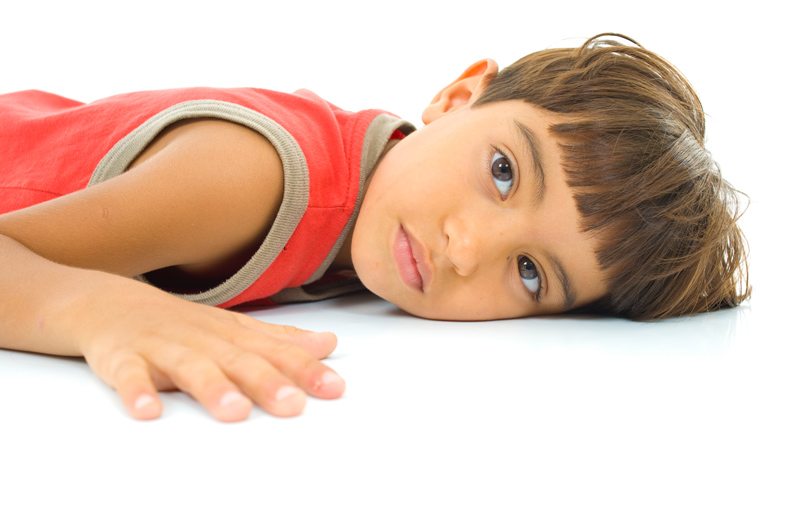
We diagnose, treat, and care for children with all types of pediatric sleep disorders, including:
- Breathing problems during sleep (Obstructive Sleep Apnea and snoring)
- Apnea of Infancy
- Periodic Limb Movement Disorder or Restless Legs Syndrome
- Bedtime Struggles, Night Wakings
- Parasomnias – Sleepwalking, Sleep Terrors
- Narcolepsy
- Excessive Sleepiness or trouble waking
- Circadian Rhythm Disorders (Delayed Sleep Phase Syndrome)
Snoring, Sleep Disorders and Children’s Learning and Behavior
Your child’s sleep can profoundly impact their growth, school performance, and behavior. It is essential that your child have enough time to sleep and experience good quality sleep. Sleep disorders are very common in childhood.
Habitual snoring in a child is abnormal. Of school-age children, 10-30% are reported to snore, and 1-3% have sleep apnea. This can occur at any age and is especially common in children ages 2-6.
Sleep disordered breathing affects both boys and girls equally. Children who are heavy, normal weight, or underweight may be affected. Even if your child has enough hours of sleep, the poor quality of sleep due to disordered breathing can lead to daytime sleepiness with deficits in learning and behavior.
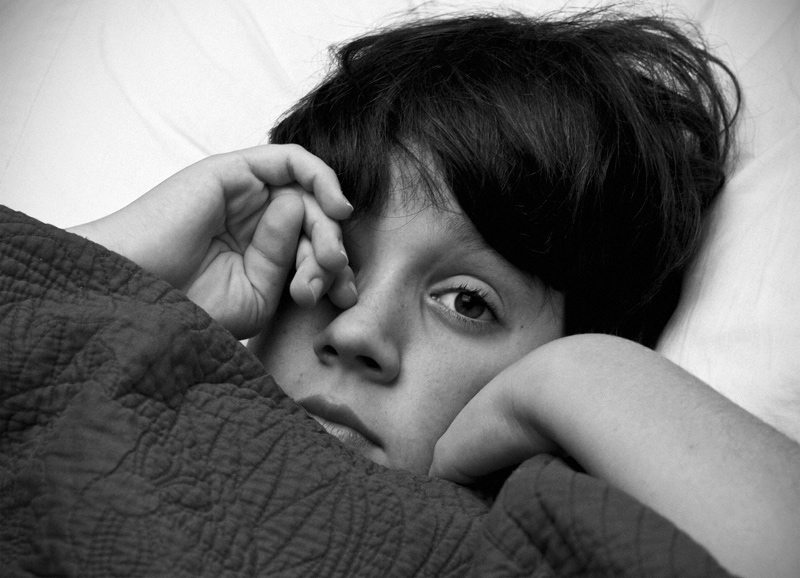
Unlike adults who are sluggish when tired, sleepy children are often hyperactive and inattentive. When first graders at the bottom 10% of their academic class were evaluated, 20% were found to have sleep apnea. All the children who underwent treatment showed improvement in their academic performance (Pediatrics 1998).
In another study, children with Attention Deficit and Hyperactivity Disorder (ADHD) who were treated for sleep apnea improved their attention span and impulsivity more than those on medications alone or no treatment (Sleep Medicine 2007).
Sleep disordered breathing is easily evaluated for by sleep testing (sleep study or polysomnography). This is a non-invasive test that you can do with your child overnight. Snoring, enlarged tonsils and/or adenoids are risk factors and a sleep evaluation with sleep study is highly recommended to diagnose these children and treat their conditions.
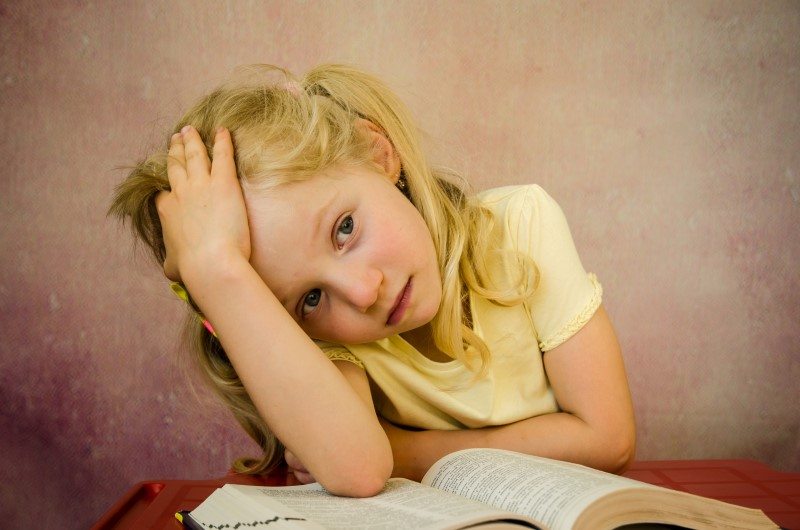
Sleep Apnea in Children
Obstructive Sleep Apnea in children can be a serious disorder that, if left untreated, may cause health, developmental, behavioral, and academic problems. Obstructive Sleep Apnea presents itself differently in children, therefore the diagnosis and treatment differs from that of adults. When children enter puberty, their symptoms begin to resemble that of adults and their diagnosis and treatment needs will differ from that of younger children.
Usually, the initial evaluation of a child with obstructive sleep apnea will include a physical, a complete medical history, a review of symptoms, behavioral problems, and a history of their sleep patterns. Sometimes blood tests or x-rays may be required.
Childhood Obesity and Sleep Apnea
Childhood obesity is on the rise in the United States and with it comes an increase in obesity-related medical conditions, including Type 2 Diabetes and sleep apnea. Tired, overweight children are less likely to perform well in school and less likely to get a healthy amount of exercise. Due to the popularity of video games and television, children are more sedentary than ever before. Fast food, junk food, and processed food is higher in calories and fat than the traditional home-cooked meals of the past.
According to the Centers for Disease Control, one in six children are obese, and more alarmingly, one in seven preschoolers is obese. The number of cases of obstructive sleep apnea in children has risen accordingly, posing serious health risks. Not only can sleep apnea in children contribute to poor performance and behavior in school, but it can create an endless cycle of obesity, sleep apnea, and daytime sleepiness.
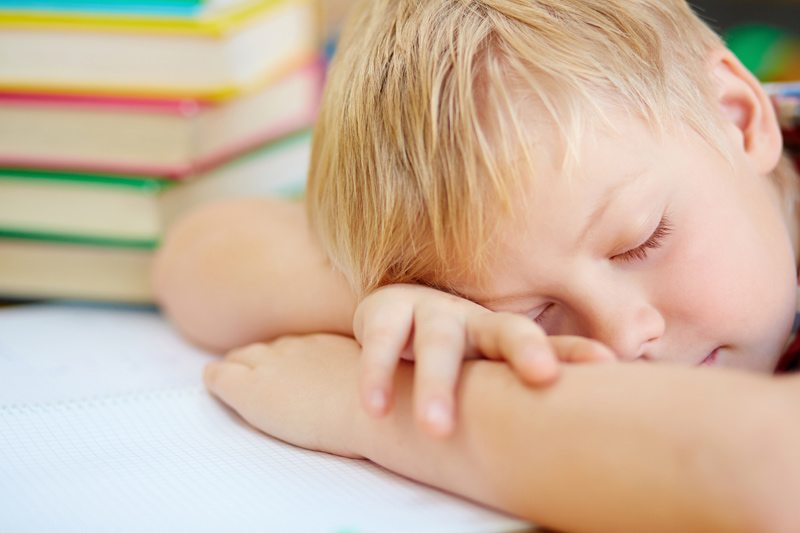
As with adults, children with sleep apnea may be too tired during the day to exercise and sleep deprivation may actually increase their appetite. Treatment of sleep apnea may help with weight loss and even minor weight loss can help decrease the severity of sleep apnea.
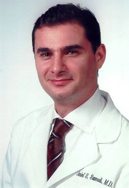
As Chief of the Pediatric ENT (Ear, Nose, and Throat) section of the Hackensack University Medical Center, Dr. Daniel Samadi, treats children with conditions affecting the ear, nose, and throat, hearing loss, speech disorders, airway difficulties, chronic sinus problems, head and neck masses, and congenital malformations
CALL FOR AN APPOINTMENT TODAY
Quality Sleep is Essential for a Child’s Health and Well-being
